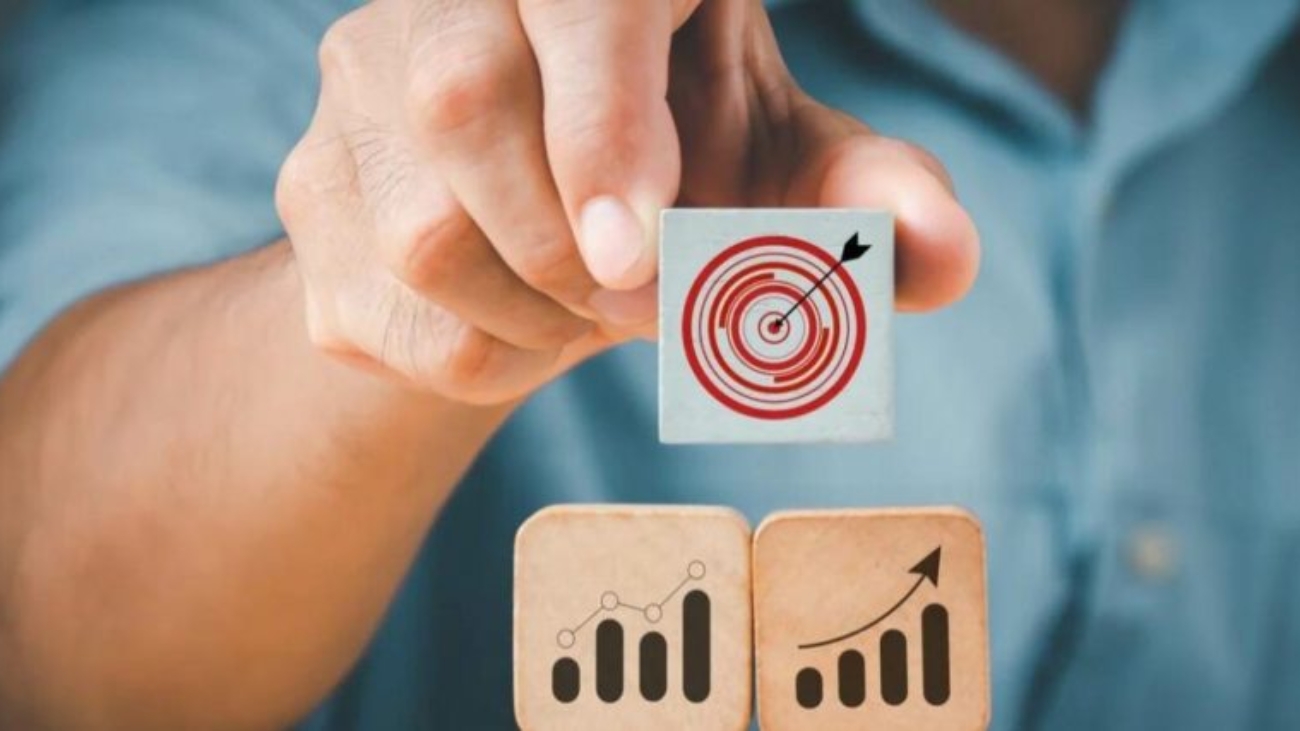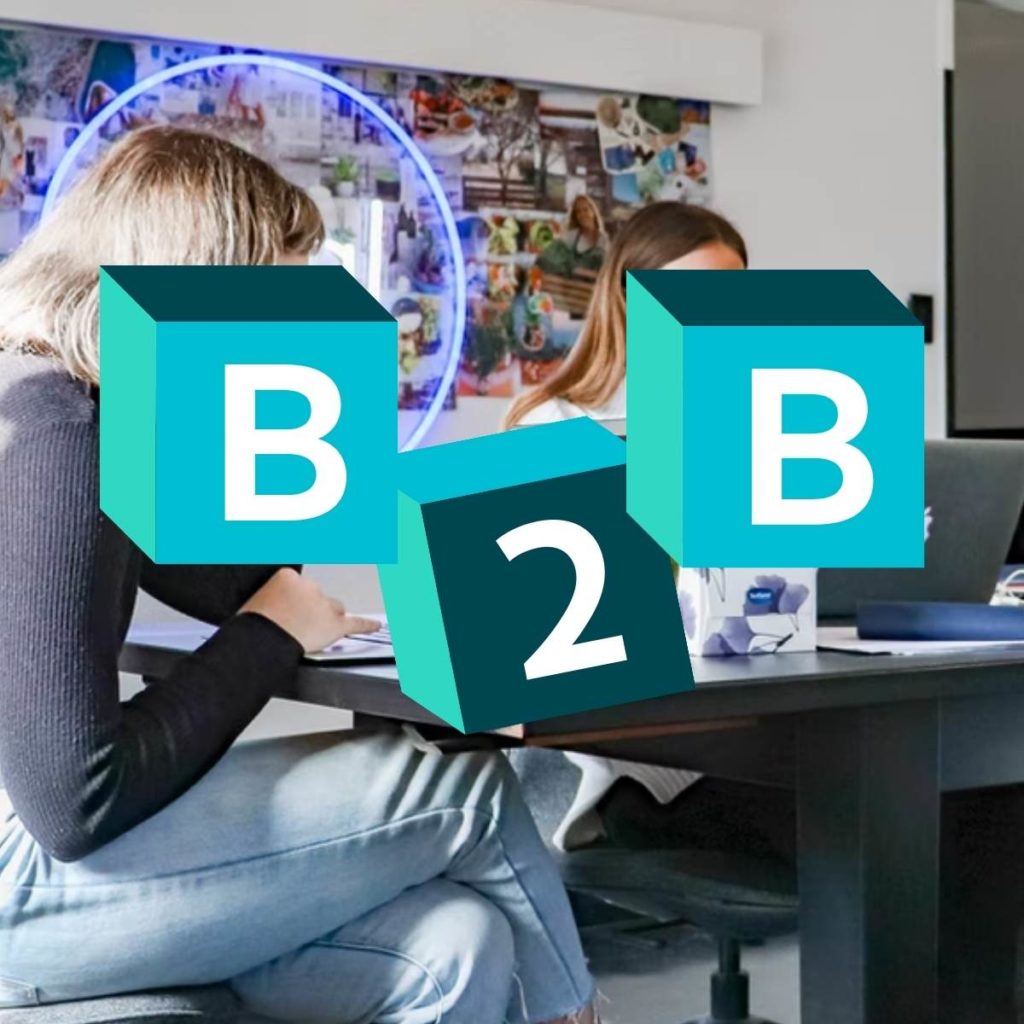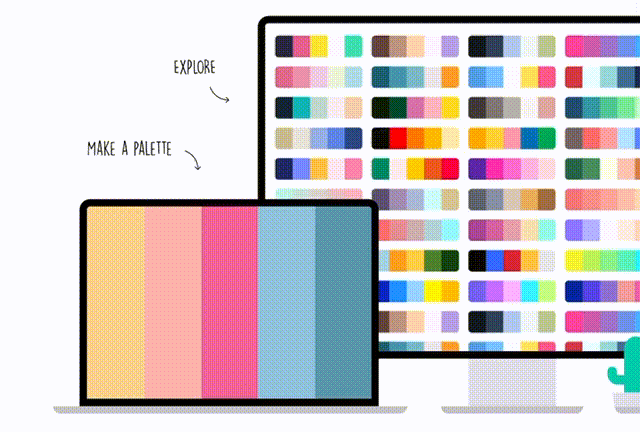You may have already heard of data annotation, but would you be able to explain what it is?
I4NET takes care of it for you!

IA and Data Annotation
Data annotation is the process of labeling available data in various formats such as text, video, or images. Labeling refers to the classification, categorization, organization, and ordering of this data.
There are two types of data annotation: manual and automatic.
Manual annotation is a task that requires extreme concentration and qualified personnel, making the process both lengthy and expensive. This is why automatic data labeling by AI exists. Once the annotation task is specified, a trained machine learning model can be applied to a set of unlabeled data. The AI will then be able to predict appropriate labels for new and unseen data sets. This is called machine learning.
However, if the model fails to correctly label data, humans can intervene, review, and correct the mislabeled data. The corrected and revised data can then be used to retrain the labeling model.
At I4NET, we believe that AI and humans are complementary.
Human in the Loop - the importance of humans in AI projects
The most critical element of any AI project is one that is rarely considered: humans.
AI will always need humans as it imitates human intelligence. The manual annotation part will never be zero, and models are constantly improving.
The effectiveness of AI depends on humans, who are tasked with extracting large amounts of data and training AI algorithms to perform intended tasks. More and more companies are turning to AI and machine learning to update their customer experience and back-office operations. This is why human involvement in data capture and system maintenance over time is extremely important.
Examples :

















